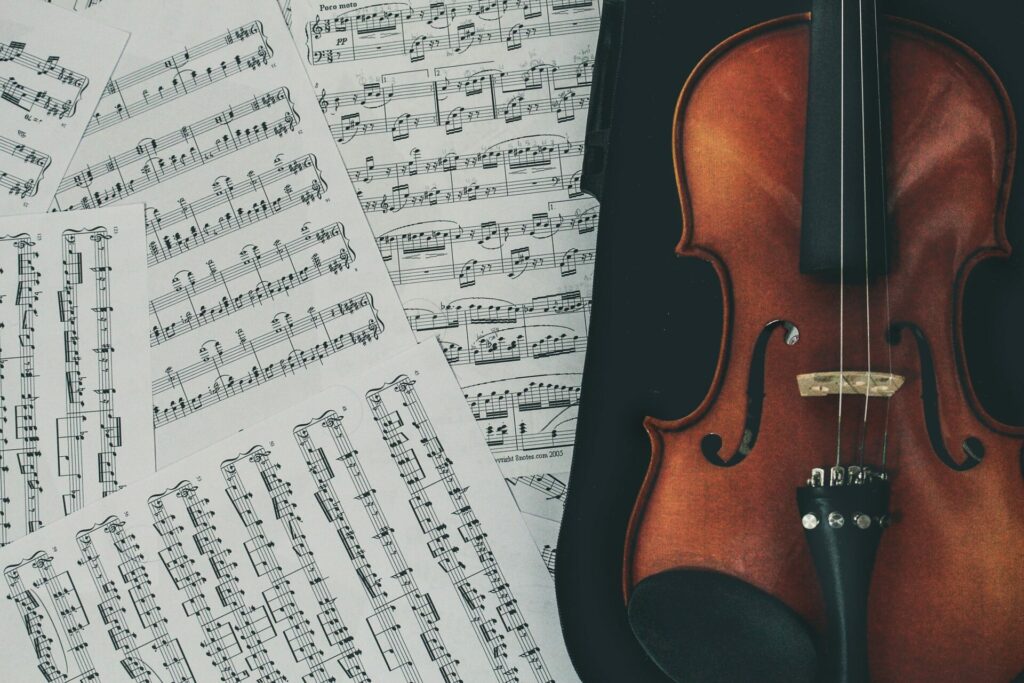What is a Book of Centuries?
Every child’s ‘Book of Centuries’ should bear witness to ‘a liberal and generous diet of History’…The children should be free to enter on their pages events and drawings which have interested them in their wide general reading of History (that ‘inexhaustible storehouse of ideas’) and of Literature.
The Book of Centuries and How to Keep One, by G.M. Bernau
A Book of Centuries is a timeline notebook in which each century is given a two-page spread. Charlotte Mason insisted on keeping it simple so students could view an entire century with just one glance.
Students age 10+ should add history dates, events, and people to their Book of Centuries. It will be an ongoing project over the course of their education.
Students should spend approximately 5-10 minutes per week adding important historical details from their weekly lessons. Making a visual connection between people and events by using a Book of Centuries will help students value and retain historical details from their lessons. Over time, they will begin to notice the interesting web of history.
A Book of Centuries is most engaging if students are also involved in choosing the people, dates, and events that are meaningful to them from their lessons. For this reason, begin a Book of Centuries by adding important family dates, such as birthdays and anniversaries.
The Book of Centuries is not limited to history lessons. When learning about historical people/events in any subject area, add details to the Book of Centuries. Examples of things to include in a Book of Centuries are: scientific inventions, mathematical discoveries, artists, hymns, poetry, quotes, maps, etc.
Students should feel free to embellish their Book of Centuries entries with small drawings that represent objects, people and events. No two century notebooks will be exactly alike.
The Book of Centuries is an excellent resource for elementary through university students, as well as for life-long learners. It is never too late to start. Making a visual connection between people and events by using a Book of Centuries will make history come alive.
“Our aim in education is to give a full life. We owe it to them to initiate an immense number of interests. Life should be all living… that is to say, we should be in touch wherever we go, whatever we hear, whatever we see, with some manner of vital interest.” -Charlotte Mason
5 Tips for using a Book of Centuries
- Purchase The Book of Centuries: A Personal Timeline of History.
- Personalize The Book of Centuries by adding family dates such as birthdays and weddings.
- Write clearly and neatly.
- Write lightly in pencil, in case there is a need to erase.
- Remind your students to bring The Book of Centuries on the next trip to the museum.
Discover the joy of including a Book of Centuries in your homeschool!





